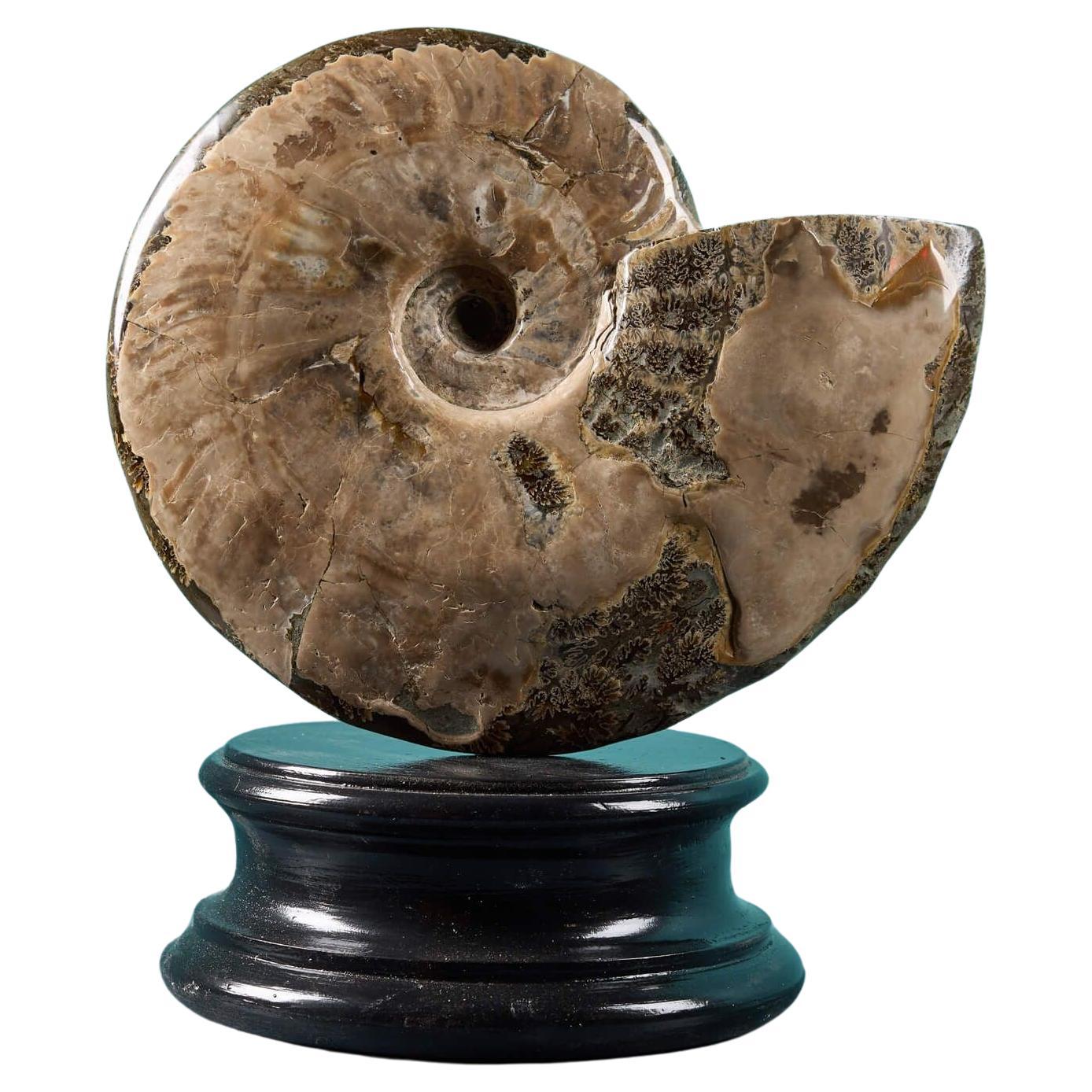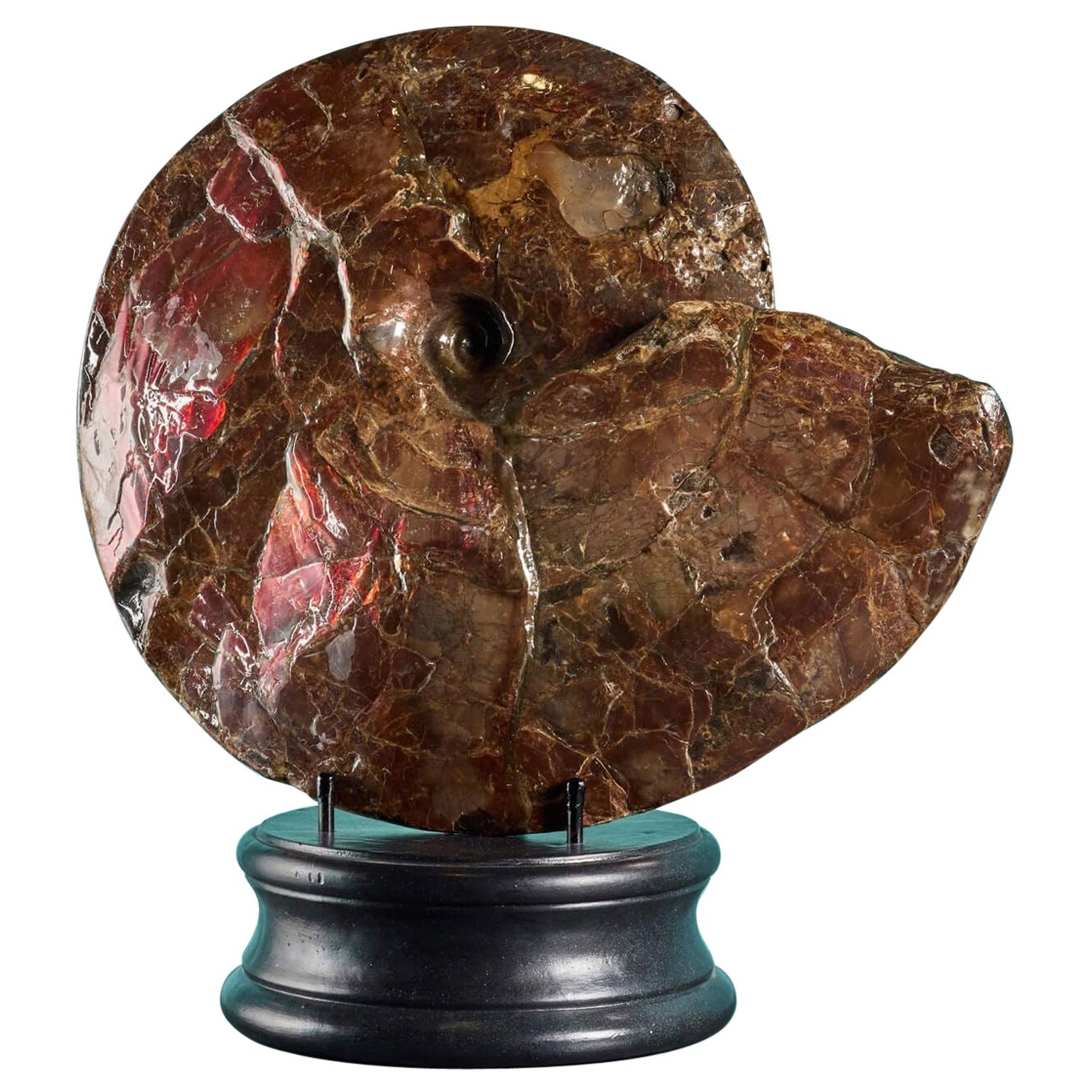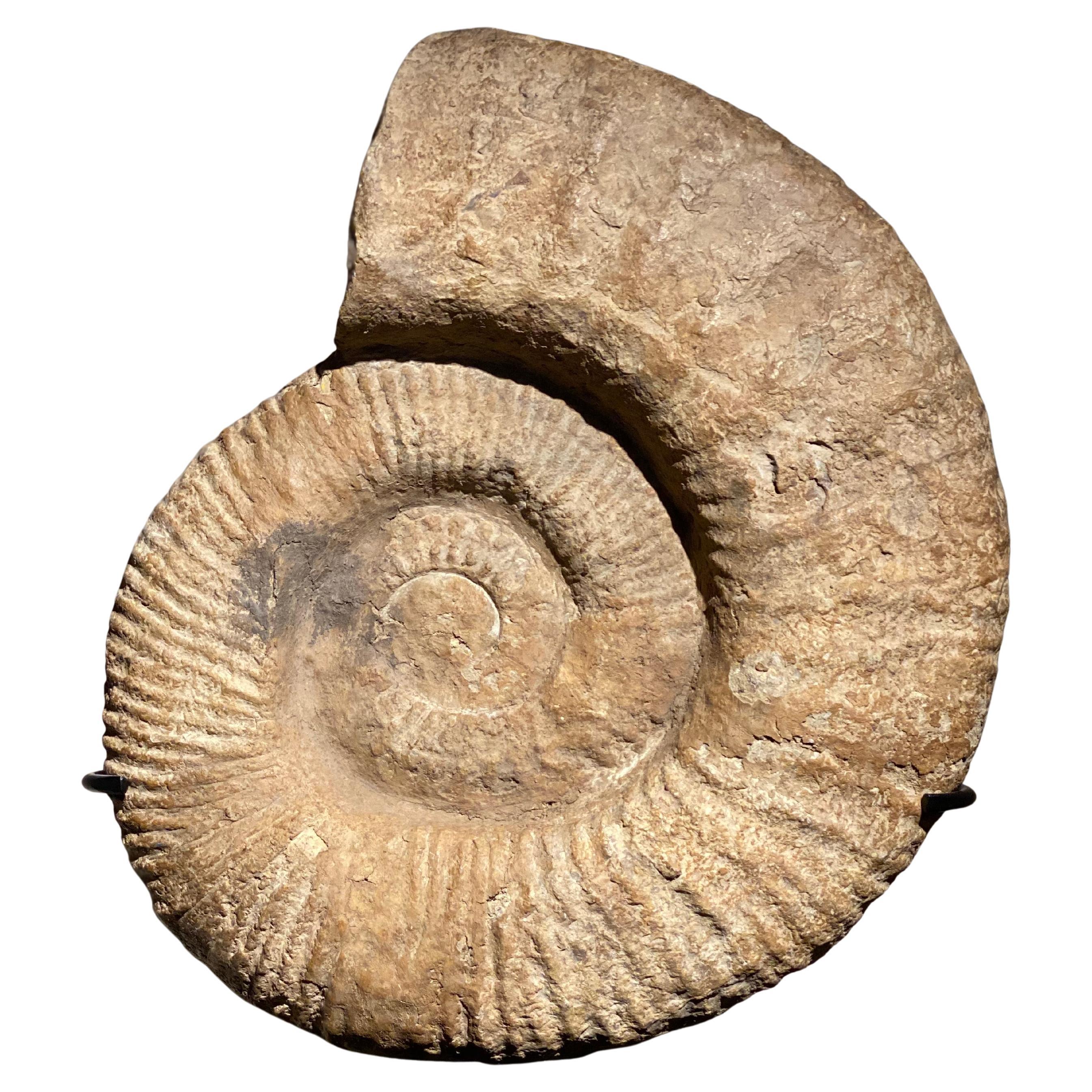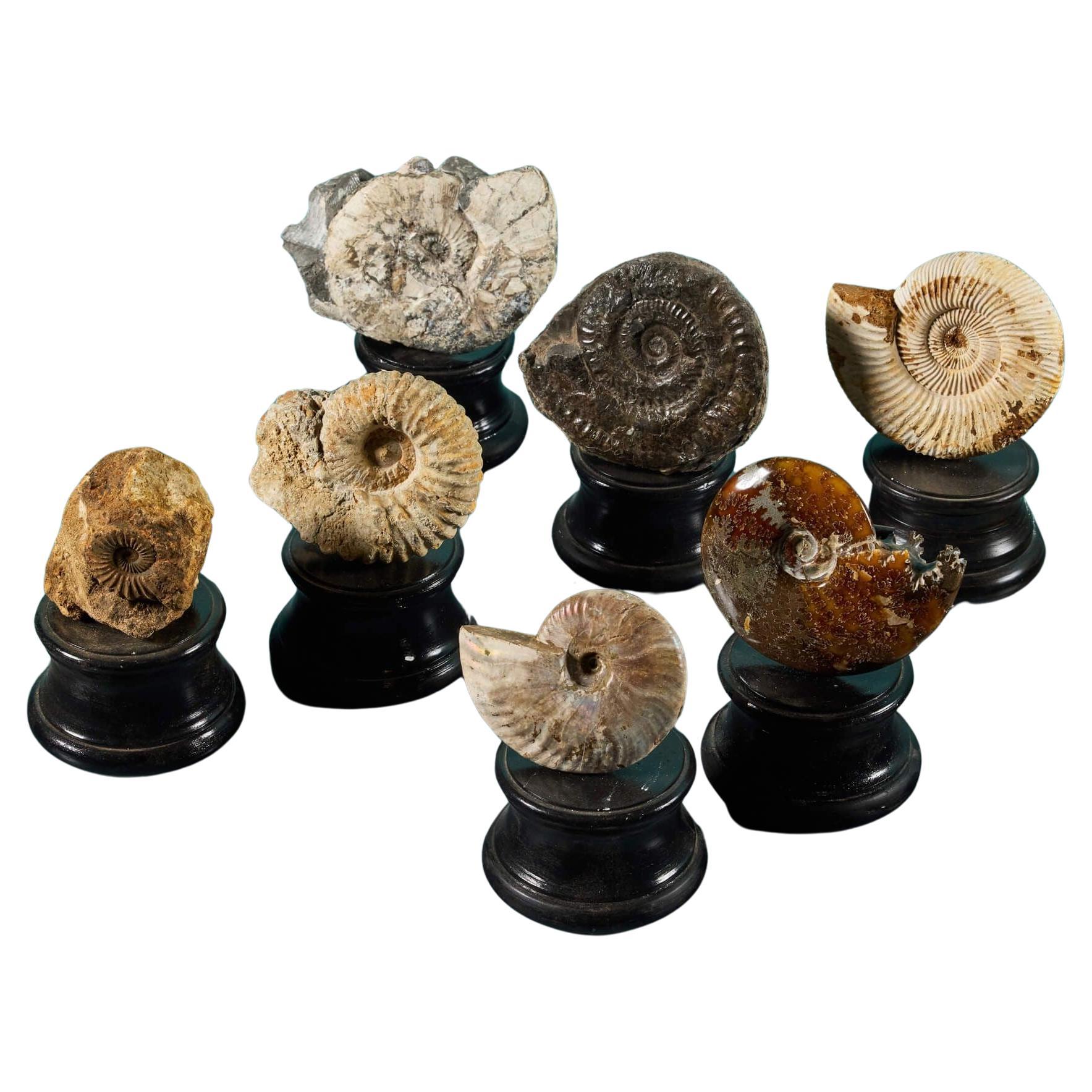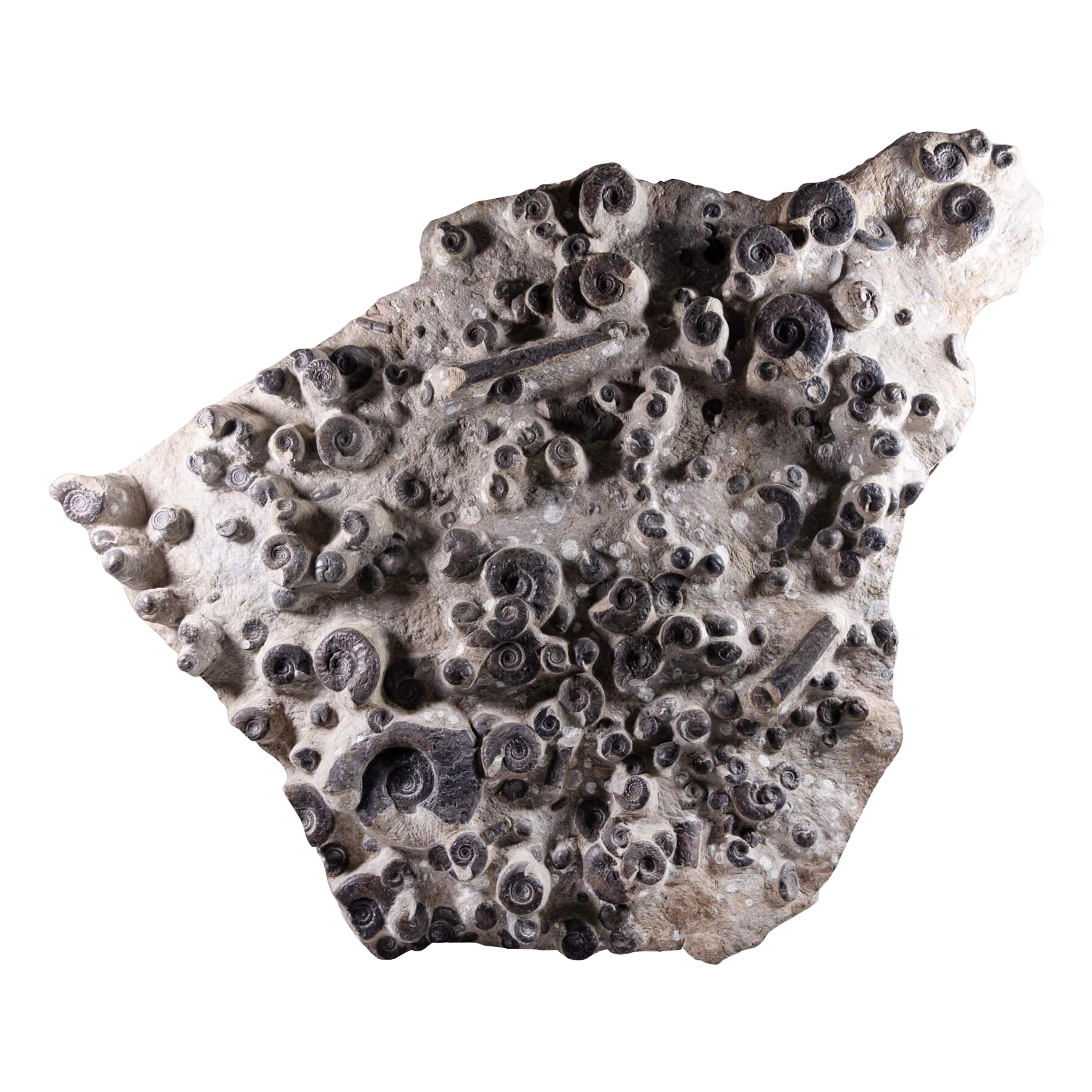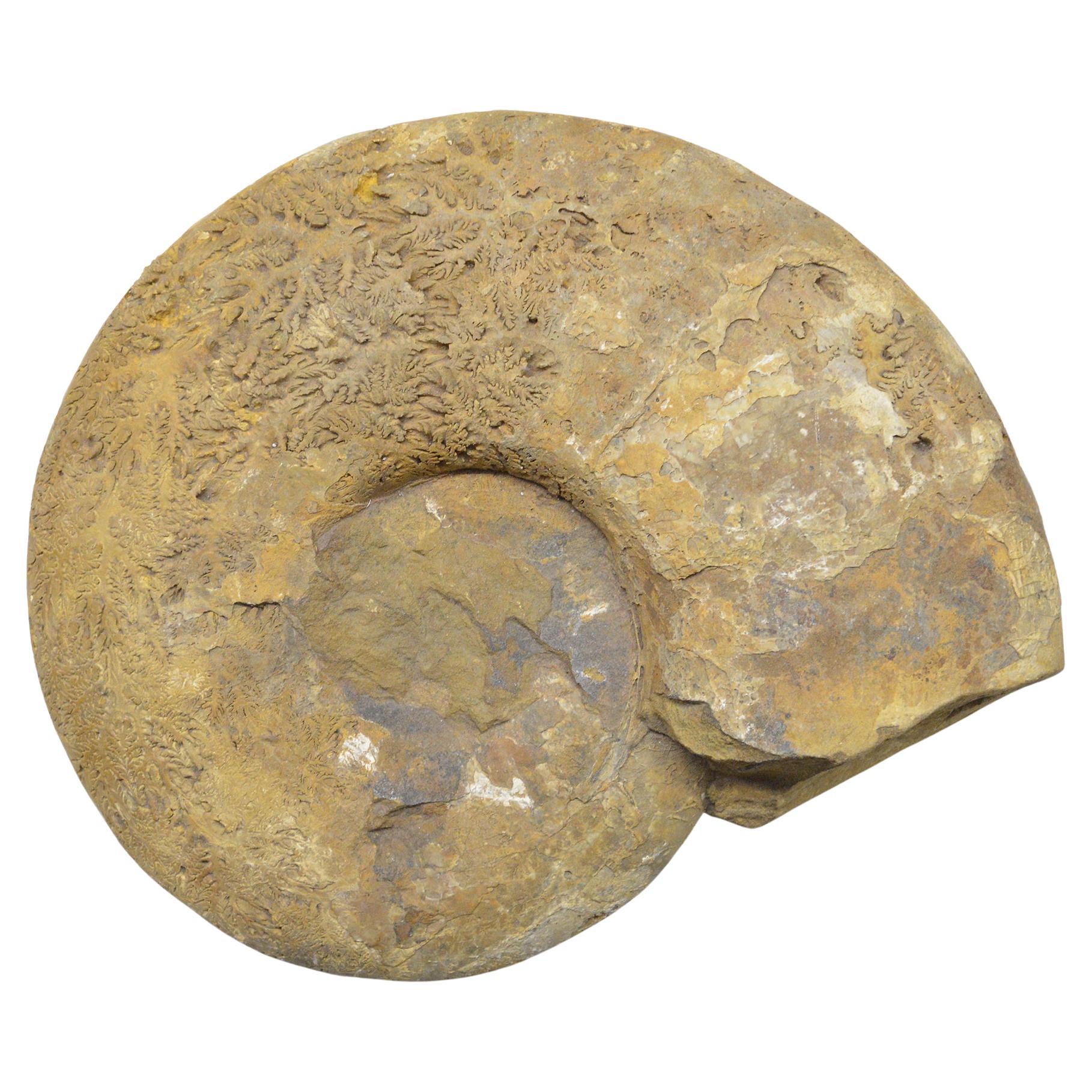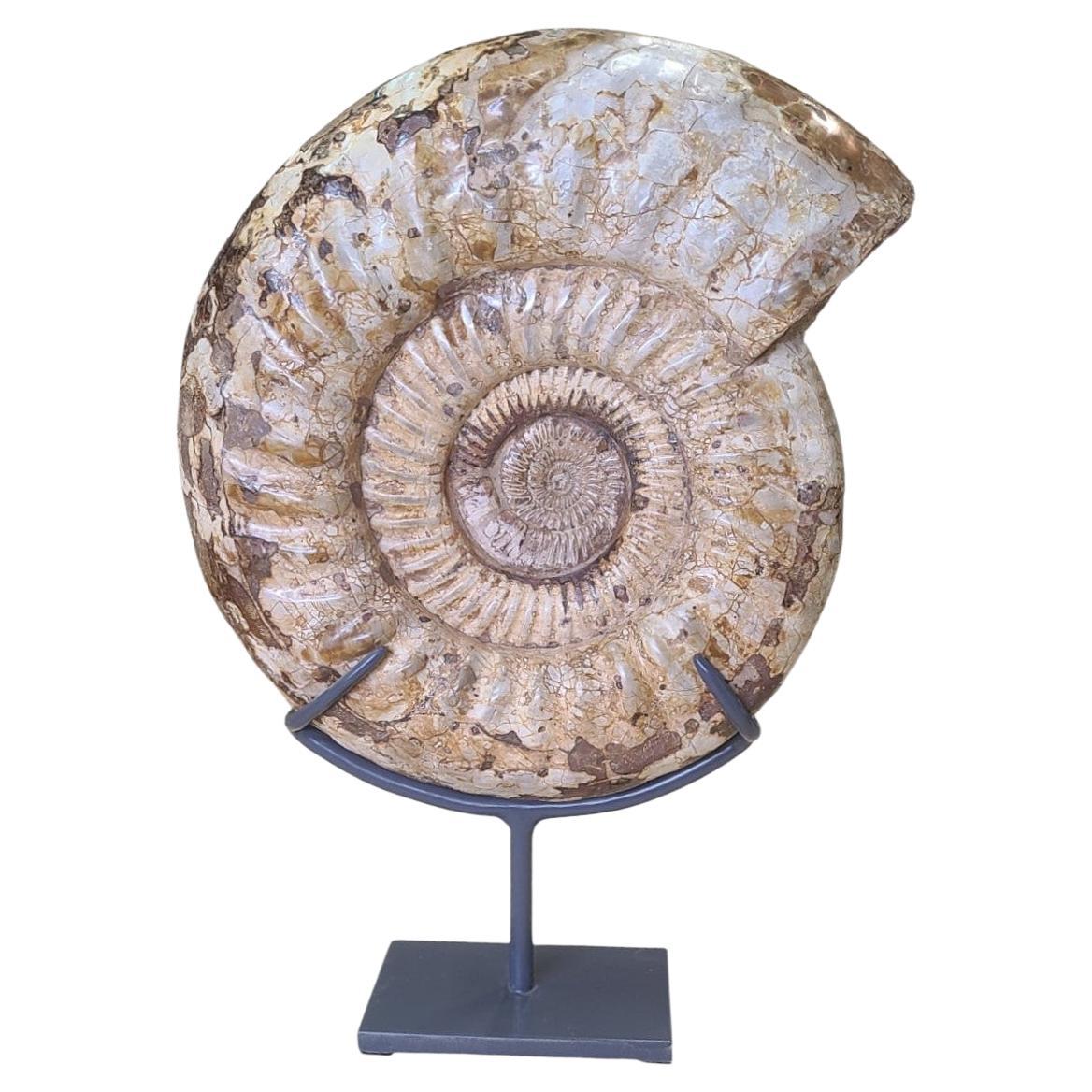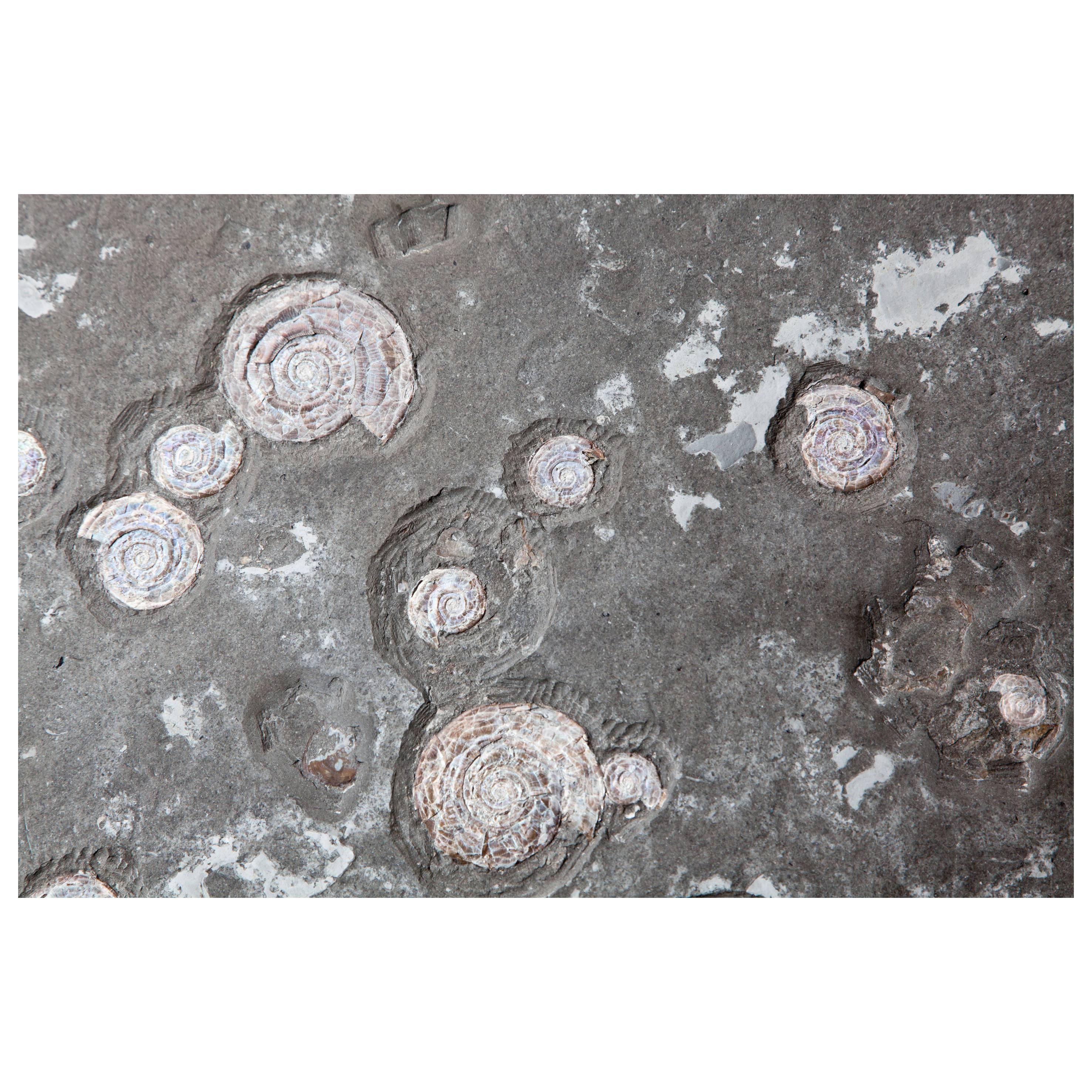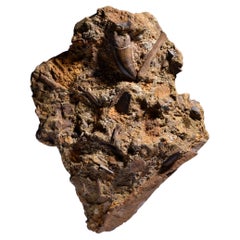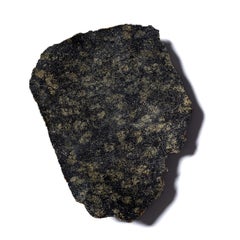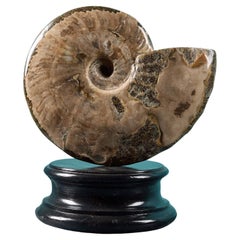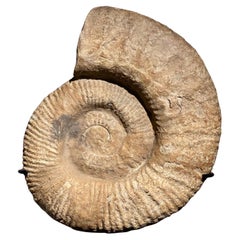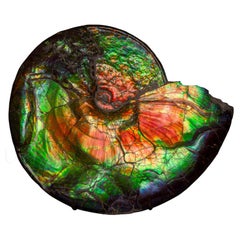
Iridescent Ammonite Fossil
View Similar Items
Want more images or videos?
Request additional images or videos from the seller
1 of 10
Iridescent Ammonite Fossil
$95,000List Price
About the Item
- Dimensions:Height: 16.54 in (42 cm)Diameter: 16.54 in (42 cm)
- Materials and Techniques:
- Place of Origin:
- Period:
- Date of Manufacture:circa 75 Million y/o
- Condition:
- Seller Location:London, GB
- Reference Number:Seller: 428451stDibs: LU1052232892802
About the Seller
5.0
Recognized Seller
These prestigious sellers are industry leaders and represent the highest echelon for item quality and design.
Established in 2007
1stDibs seller since 2014
101 sales on 1stDibs
Typical response time: 1 hour
Associations
LAPADA - The Association of Arts & Antiques DealersInternational Confederation of Art and Antique Dealers' AssociationsThe British Antique Dealers' Association
Authenticity Guarantee
In the unlikely event there’s an issue with an item’s authenticity, contact us within 1 year for a full refund. DetailsMoney-Back Guarantee
If your item is not as described, is damaged in transit, or does not arrive, contact us within 7 days for a full refund. Details24-Hour Cancellation
You have a 24-hour grace period in which to reconsider your purchase, with no questions asked.Vetted Professional Sellers
Our world-class sellers must adhere to strict standards for service and quality, maintaining the integrity of our listings.Price-Match Guarantee
If you find that a seller listed the same item for a lower price elsewhere, we’ll match it.Trusted Global Delivery
Our best-in-class carrier network provides specialized shipping options worldwide, including custom delivery.More From This Seller
View AllTyrannosaurus Rex Tooth Fossil
Located in London, GB
FOSSILISED TYRANNOSAURUS REX TOOTH
Circa 67 million years ago
H. 12.5 cm x W. 4.2 cm
PROVENANCE
Found in Butte County, South Dakota, USA, Summ...
Category
Antique 15th Century and Earlier American Natural Specimens
Materials
Other
Petrified Incense Cedar Wood Fossil
Located in London, GB
This spectacular cross section of petrified cedar wood comes from Saddle Mountain, Washington. It is remarkably large with a wonderful and highly aesthetic shape, exhibiting vibrant ...
Category
Antique 15th Century and Earlier Natural Specimens
Materials
Petrified Wood
Tyrannosaurus Rex Tooth in Fossil Matrix
Located in London, GB
Tyrannosaurus Rex Tooth in Fossil Matrix.
Late Cretaceous, circa 65 Million years before present.
Lance Formation, Marchant Ranch Quarry, Niobrara County, Wy...
Category
Antique 15th Century and Earlier Natural Specimens
Materials
Other
A Piece of Mars - Martian Meteorite
Located in London, GB
MARTIAN STONE - NWA 14713
Lherzolitic shergottite
127 g
“This 127-gram fragment of the NWA 14713 meteorite displays a green-black mottled exterior. The rock is a martian shergottite (a basalt) composed mainly of coarse grains of pyroxene as well as calcium-plagioclase glass. This glass, called maskelynite, formed from crystalline plagioclase when the specimen was blasted off the surface of Mars by an energetic collision. There are currently less than 350 known martian meteorites...
Category
Antique 15th Century and Earlier North African Natural Specimens
Materials
Stone
Large Chondrite Meteorite with Regmaglypts
Located in London, GB
NWA 12759
Stone, Chondrite - L5
18.3 KG
“This specimen of the NWA 12759 L5 chondrite has a smooth posterior fusion crust where meteoritic melt pooled as the rock descended through the atmosphere and was heated by friction with molecules of air. The meteorite is from the L-chondrite asteroid that was destroyed by an energetic collision 470 million years ago.”
Dr Alan E. Rubin, PhD Department of Earth, Planetary, and Space Sciences, UCLA
Detached from its parent body by a mighty impact, this large, oriented meteorite travelled over a hundred million miles through space before falling to Earth in the North African desert. Beautiful regmaglypts radiate from the apex of its cone shaped nose. These elongated dimples formed when streaks of superheated molten rock streamed off the meteor’s surface as it blazed through the atmosphere. The entire piece is coated in a glossy, umber-coloured fusion crust and close examination reveals remnants of encrusted, orange dirt.
Whilst most meteors tumble as they travel through the Earth’s atmosphere, oriented meteorites...
Category
Antique 15th Century and Earlier Moroccan Natural Specimens
Materials
Stone
Meteorite Fragment with Peridot Crystals in Iron Matrix
Located in London, GB
A complete cross section of one of the most beautiful meteorites known, displaying shimmering, translucent olivine and peridot gems, embedded in an iron-nickel metallic matrix.
The ...
Category
Antique 15th Century and Earlier Chilean Natural Specimens
Materials
Iron
You May Also Like
Opalised Iridescent Ammonite Fossil
Located in Wormelow, Herefordshire
A complete prehistoric Cleoniceras opalised iridescent ammonite fossil, originating from Madagascar, presented on an exclusive muse...
Category
Antique 15th Century and Earlier Malagasy Natural Specimens
Materials
Shell
Large Red Iridescent Ammonite Fossil
Located in Wormelow, Herefordshire
A large red iridescent ammonite fossil dating from the late cretaceous period (100.5 – 66 million years ago). This huge plancenticeras ammonite is approximately 16 inches tall and has an iridescent lustre that showcases a vibrant red hue. Once a living creature, this ammonite has developed its red iridescent lustre over millions of years of compression, transforming into a striking gemstone. A rare find.
Provenance: From the fascinating collection of Gordon Walkden (1944-2022), emeritus Professor of Geology at Aberdeen University. Affectionally known as Aberdeen’s answer to Indiana Jones, Walkden contributed enormously to research through his papers and talks on British marbles, minerals and fossils...
Category
Antique 15th Century and Earlier Natural Specimens
Materials
Stone
Fossil Agate Coral with Iridescent Ammonites
By Interi
Located in Dublin, Dalkey
Fossil agate coral adorned with iridescent fossil ammonites.
The grey piece of fossil agate coral is cut and polished and adorned with the iridescent...
Category
Antique 15th Century and Earlier American Organic Modern Natural Specimens
Materials
Agate, Coral
An Ammonite Fossil
Located in Schellebelle, BE
A beautiful Ammonite Fossil,
this extinct invertebrates marine animal lived 160 million years ago,
beautiful patina and shine of the stone,
beautiful array of colors,
very decorative...
Category
Antique 15th Century and Earlier Malagasy Natural Specimens
Materials
Sandstone
$3,485
Collection of 7 Ammonite Fossils
Located in Wormelow, Herefordshire
A superb set of 7 ancient prehistoric ammonite fossils presented on our small turned painted plaster bases. This group showcases ammonites of varyi...
Category
Antique 15th Century and Earlier Natural Specimens
Materials
Stone
Polished Jigsaw Ammonite Fossil
Located in Wormelow, Herefordshire
A complete prehistoric polished jigsaw ammonite fossil, originating from Madagascar, presented on an exclusive museum-quality painted plaster base. A natural historical artefact, pre...
Category
Antique 15th Century and Earlier Malagasy Natural Specimens
Materials
Precious Stone
Recently Viewed
View AllMore Ways To Browse
Vintage Sea Shell
Amethyst Geode Polished
Fossil Shells
Rock Crystal Chinese
Selenite Furniture
Purple Geode Amethyst
Chinese Quartz
Agate Slice
Antique Brain
Mineral Cluster
Green River Stone
Red Coral Sculpture
White Decorative Coral
Agate On Stand
Black Obsidian
Malachite Specimen
Specimen Collectors Cabinet
Semi Precious Stone Sculpture
